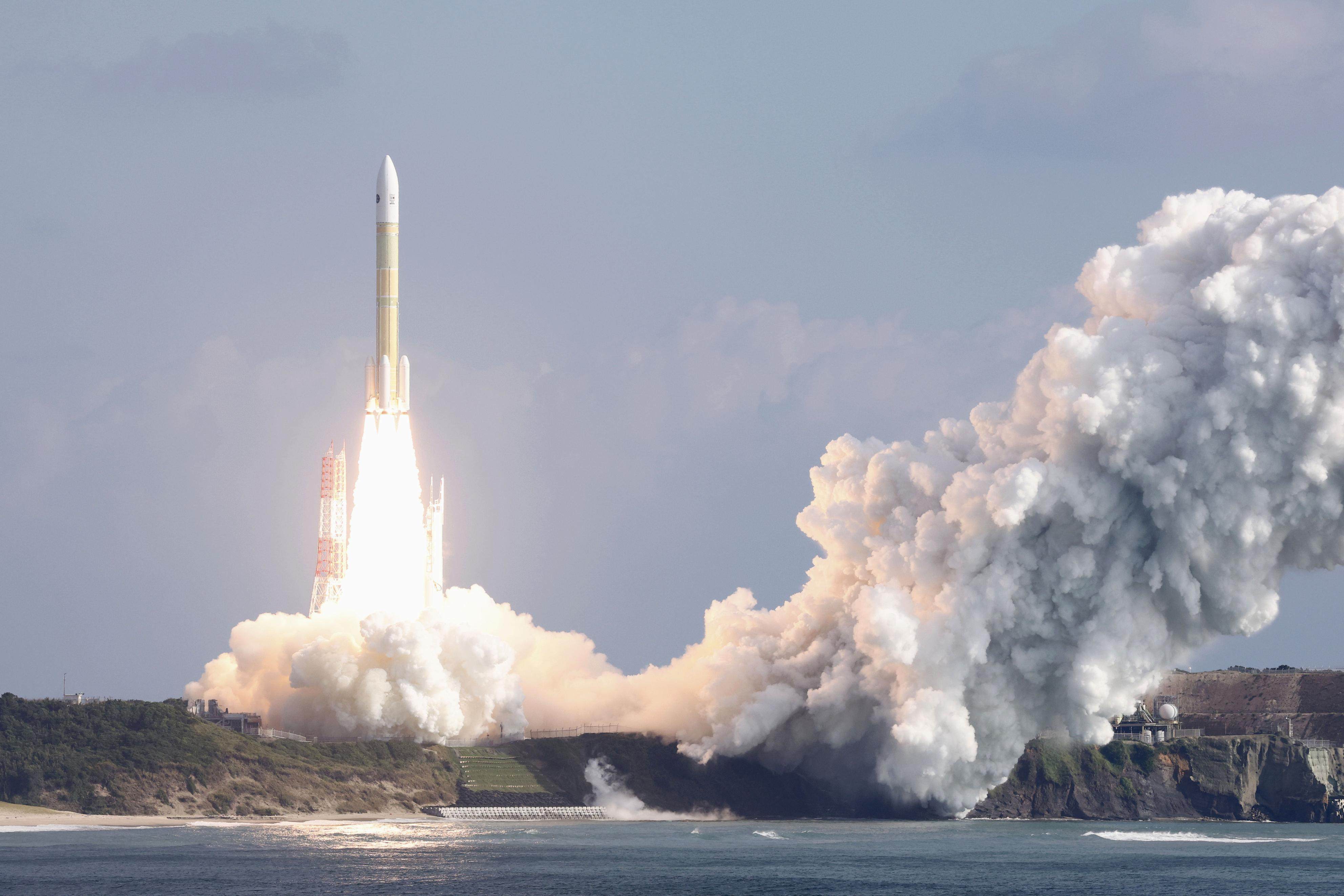Copyright scmp

Japan – with China, North Korea and Russia in mind – plans to test its hypersonic missile-tracking technology in space, after its new HTV-X cargo spacecraft completes a resupply mission at the International Space Station. The spacecraft was launched from the Tanegashima Space Centre on Sunday, carried by an H3 rocket. It arrived at the ISS on Thursday, where it was captured by the station’s robotic arm and docked in. On board is 4.4 tonnes of food and supplies as well as scientific research materials that will be delivered to the ISS. The spacecraft will remain berthed at the space station for about three months. After that, it will serve as a flying experimental platform in low-Earth orbit “for exploitation of future space technologies” for up to 18 months, according to the Japan Aerospace Exploration Agency. It will then be destroyed when it re-enters Earth’s atmosphere and burns up. The HTV-X is also carrying infrared sensors deployed by Japan’s Ministry of Defence, which has said will be used to monitor the activities of a hypersonic glide vehicle, or HGV, flying at least five times the speed of sound. The ministry earmarked 3.8 billion yen (US$24.7 million) in last year’s defence budget for the project, which it said would use the “space experimental platforms” of Japan’s new space station resupply vehicle, the HTV-X, to detect and track an HGV. According to Japanese media reports, a projectile will be launched that simulates a hypersonic missile near Japan to evaluate how well the HTV-X’s infrared sensors can detect and track the projectile’s heat signature. The Nikkei newspaper reported that if the missile-tracking technology on the HTV-X was proven effective, satellites would be equipped with the infrared sensors. An HGV is a type of hypersonic weapon that uses a rocket booster to get to a high altitude and speed before the vehicle separates and glides towards its target at hypersonic speed. China’s DF-17 and Russia’s Avangard are both known to be operational HGV missiles. North Korea also claims to have successfully test-fired at least two HGV missiles, the Hwasong-8 and Hwasong-16B. As its regional rivals expand their hypersonic capabilities, Japan is also working to develop the technology. That includes space-based monitoring, since land-based early warning systems have blind spots and would not provide enough time to respond to a hypersonic missile launched from a neighbouring country. Japan is also developing a hypersonic weapon for “island defence” known as the Hyper-Velocity Gliding Projectile, or HVGP – a project under way since 2018. The HTV-X spacecraft was built by Mitsubishi Heavy Industries for the Japanese space agency. It also worked on the previous HTV spacecraft, which was also known as the H-II Transfer Vehicle and Kounotori or “White Stork”. That cargo transporter carried out nine successful resupply missions to the ISS between 2009 and 2020. Compared to its predecessor, the new HTV-X has a similar launching weight of about 16 tonnes – 6 tonnes of which is cargo load in low-Earth orbit. Its most notable enhancement is an extended operation time that will provide on-orbit experimental opportunities for up to 1½ years, according to Mitsubishi Heavy Industries.



